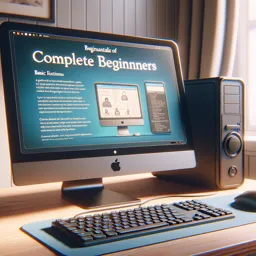Introduction
Microsoft Windows is one of the most popular operating systems, offering a flexible environment that lets users tailor their desktops to fit their workflow and preferences. Whether you use Windows for work, study, or entertainment, customizing its look and feel can boost your productivity and comfort. This article explores practical ways to personalize your Windows experience, regardless of your device or Windows version.
Changing the Desktop Background and Themes
One of the simplest ways to make your workspace your own is by updating the desktop background. Right-click an empty area on the desktop and select Personalize. Here you can:
- Choose from built-in backgrounds
- Use your own photos or images
- Try out different themes that bundle wallpapers, color schemes, and sounds
Organizing Desktop Icons
Windows lets you arrange, group, and manage desktop icons for easy access:
- Right-click on the desktop to sort icons by name, type, or date
- Create folders to group related shortcuts
- Hide desktop icons temporarily for a clean look using the View menu
Customizing the Start Menu and Taskbar
The Start Menu and Taskbar are central to navigation:
- Pin your favorite apps for quick access
- Resize the Start Menu to fit your style
- Adjust taskbar alignment and color from the Personalization settings
Configuring System Sounds and Notifications
Personalize how your PC communicates with you:
- Go to Settings > System > Sound to adjust system sounds
- Customize notification pop-ups size and duration
- Mute or prioritize notifications from specific apps
Keyboard Shortcuts and Accessibility Options
Increase efficiency with keyboard shortcuts, and enable accessibility features such as:
- High contrast themes for better visibility
- Magnifier tool for easier reading
- Voice narration and on-screen keyboard support
Adding Widgets and Live Tiles
Widgets and Live Tiles provide real-time information like weather, news, and calendar events directly to your desktop or Start Menu.
Conclusion
Whether it’s changing the wallpaper, setting up shortcuts, or enabling specialized accessibility tools, Microsoft Windows provides robust options to customize your computer. Spend some time exploring these settings and you’ll discover ways to make Windows work better for you!





















